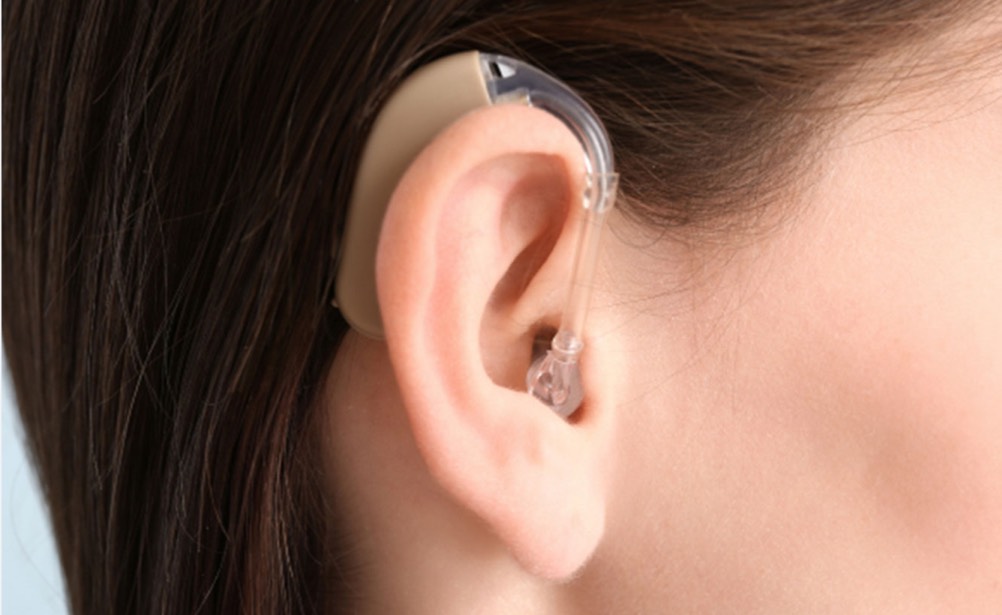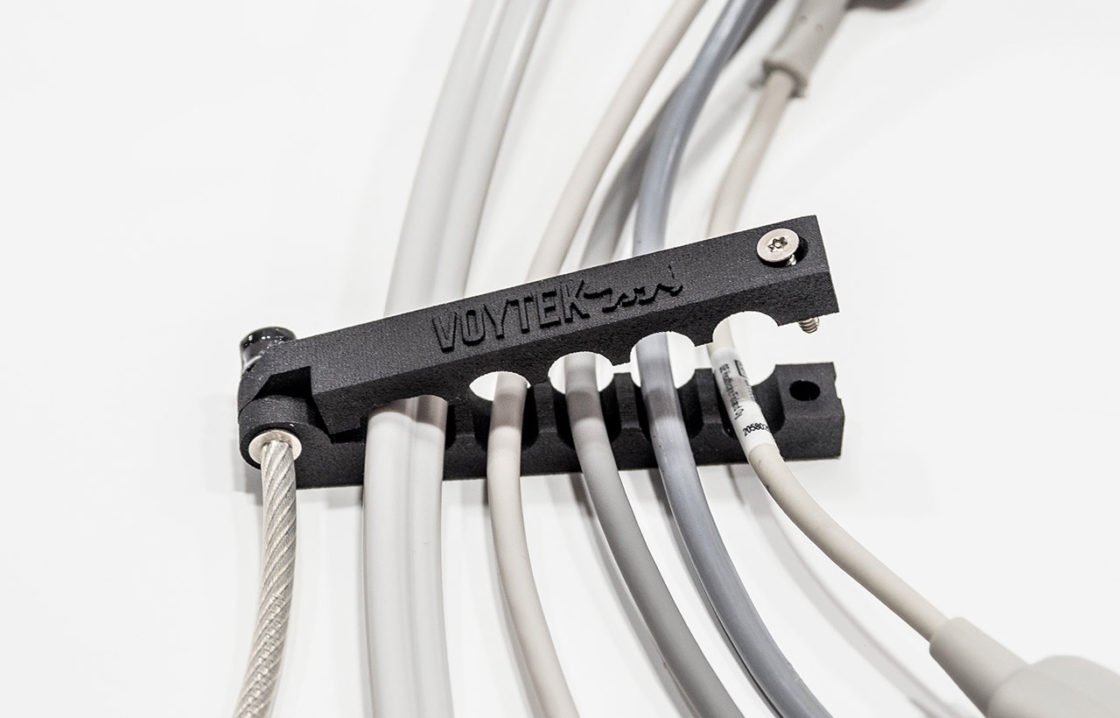
Technology experts have been extolling the benefits of 3D printing since patents on the original technology began running out in 2014. The ability to customize parts for additive manufacturing in aerospace or 3D printing automotive parts is game changing for sure–but nothing can overshadow the effect of 3D printing in medical applications where the quality of lives are improved, and saved.
“ … 3D printing technology caters to the rise in demand for personalized medical care by providing customized medical devices based on individual needs,” states Allied Market Research. “Furthermore, it provides several advantages over traditional reconstructive surgeries by reducing the operative risks involved during complex procedures, minimizes the susceptibility to infections, and decreases the duration of anesthesia exposure.”
Projections for the healthcare industry cite numbers of $1,036.58 million for 2020, growing to $5,846.74 million by 2030, registering a CAGR of 20.10% from 2021 to 2030.
Medical Imaging and 3D Printing Radiology
Since the 1930s, medical imaging like X-rays has been considered an accessible and affordable route for diagnostics, with magnetic resonance imaging (MRIs) serving as the next level for getting a better picture of tumors or injuries, as well as examining images of organs and the brain. Now, additive manufacturing in medical applications brings together surgeons, many different technicians, hospital staff, and patients.
X-rays, computed tomography (CTs), and MRIs contribute valuable data that can be converted from 2D images into 3D printed medical models, whether using a replica to understand a bone fracture, investigate a heart defect, measure a brain tumor, or calculate tissue density. The possibilities are endless for exploring the human body, using 3D printed radiology to convert medical data into information that is helpful to the patient and could be critical to their case.
Excellence in Diagnostics
Medical models have advanced tremendously in the past three hundred years, from rudimentary skeleton-making to the sterilized plastic models used in anatomy classes today. With 3D printing however, anatomically accurate 3D printed medical models can be made quickly, and are extremely beneficial to everyone involved.
Patient-specific treatment is initiated as soon as the doctor initiates 3D printing a medical model. From there, they can diagnose the patient and begin to navigate a course of treatment. Surgery can be planned in-depth with the use of 3D printed medical models, guides, and patient-specific tools.
Joint replacement surgeries serve as an excellent example of how 3D printed models are now used routinely, and often in assistance with robot-assisted surgeries. These advancements ensure perfection in calculations and measurements required for surgeries which may also feature 3D printed orthopedic implants. While the surgeon is still an integral part of each procedure, robotics and 3D printed radiology for surgical pre-planning lead to more precise placement of implants. The use of 3D printed models for surgical planning and as guides in the operating room also result in shortened procedure times and better patient outcomes.

Multifaceted Educational Uses for 3D Printed Medical Models
The uses for 3D printed medical models are vast; in fact, they may last into perpetuity as scientists and medical professionals store them as reference points for rare conditions. Initially, however, the 3D printed medical model acts as a valuable visual aid for the patient. The surgeon is able to educate the patient more easily about their condition, explaining any impending surgical procedures more easily too. The 3D printed medical model often acts as an indispensable educational aid for family members too as communication becomes key.
Next, the model becomes a training and planning tool for the surgeon. For new or rare procedures, 3D printed medical models offer unprecedented opportunities for surgeons to practice. There’s no need for them to train on cadavers or simulators as 3D printing is based on streamlining manufacturing and workflow–and these benefits are passed on to medical students also in terms of offering greater accessibility. As with the surgeon seeking training tools which may have been difficult to come by in the past, medical students are now availed of advanced models for perfecting their skills.

3D Printing Materials and Technology for Medical Models
Shapeways recommends the following materials for 3D printed medical models:
High Definition Full Color – Offered for photorealistic 3D printed medical models, this material is available in ten million colors, with options available for Standard or Matte finish. Produced via Material Jetting (MJ) technology, anatomical models 3D printed with High Definition Full Color represent human organs in exacting detail. Find out more here.
Multi Jet Fusion PA12 – Also suitable for the creation of complex medical models, this versatile material 3D printed with Multi Jet Fusion offers strength and durability—both important characteristics for parts that tend to be handled a lot over time. MFJ PA12 is available in Black and Gray, with options for Natural or Smooth finish. Find out more here.
About Shapeways
Enjoy the benefits of this advanced technology and a wide range of materials from Shapeways for 3D printing your creations with accuracy, complex detail, and no minimum or limits in terms of mass customization or single part orders. Shapeways has worked with over 1 million customers in 160 countries to 3D print over 21 million parts! Read about case studies, find out more about Shapeways additive manufacturing solutions, and get instant quotes here.


